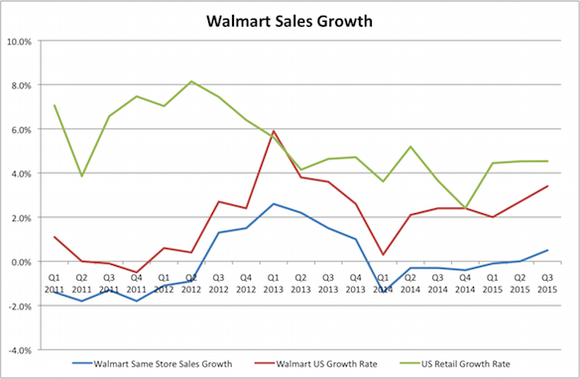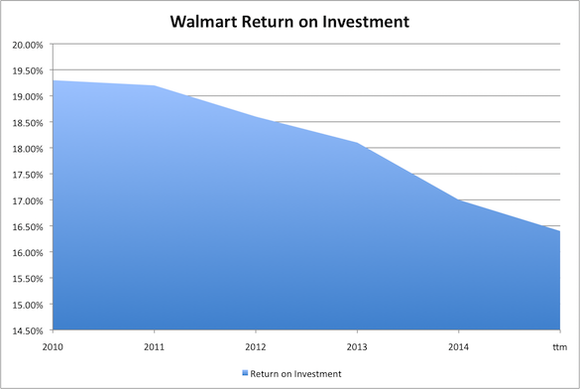Filed under: Credit, Credit Cards

Have you been using the same credit card for many years, blissfully ignoring advertisements for new credit cards? Perhaps your current card is so great that it's a keeper, but maybe you are ignoring its faults.
The credit card industry is extremely competitive, and card issuers are constantly offering new products with new features, better rewards, and lower interest rates and fees. So before you spend another year with your old credit card account, think of these six reasons you might want to cancel your current card, and find something new.
1. Customer Service Isn't Helpful
Has there been a problem with your bill? If you reached out to your card issuer and it has been unhelpful, it might be time take your business elsewhere. With so many banks and credit unions fighting for your business, there is no excuse for a company to leave its account holders less than satisfied.
2. You Aren't Receiving Competitive Rewards
Intense competition has driven up the value of the rewards that cardholders can now receive, and those who have an older card might be left behind. Years ago, the standard rate of cash back rewards was 1 percent, but now there are cards that offer much higher rates of return. For example, Citi's (C) Double Cash card offers a total of 2 percent cash back on all purchases, with no annual fee, while the American Express (AXP) EveryDay Preferred card offers as much as 6 percent cash back at grocery stores on up to $6,000 of annual spending, although it has a $95 annual fee. If you already have a different card with the issuer of the card you want, you may be able to switch without having to cancel your account.
3. Your Credit Has Improved Since You Opened the Account
Card issuers offer applicants different interest rates, depending on their creditworthiness at the time of the application. But as your credit improves over time, you may be stuck with a higher interest rate than you deserve. First, you can try contacting the card issuer and asking for a lower rate. But if that doesn't work, you may just want to apply for a new card with better terms, and then cancel the old one.
4. Your Needs Have Changed
Perhaps you were used to carrying a balance, but now you avoid interest charges each month by paying your statement balance in full each month. In that case, you now have less need for a low-interest credit card and can do better by earning rewards. On the other hand, those who have been earning rewards while carrying a balance might want to switch to a credit card that offers the lowest possible interest rate.
5. You Are Traveling Outside the U.S.
Most credit cards will charge a 3 percent foreign transaction fee on all charges processed outside of the U.S., which can really add up. If you are planning foreign travel, or will be living abroad, you will want a card that does not have this fee. In addition, there are some credit cards that still do not have the latest EMV smart chips, which are necessary for compatibility with the next generation of credit card terminals already in use throughout much of the world.
6. Your Rewards Points or Miles Are Too Hard to Redeem
Airlines and hotels love to tempt cardholders with the promise of free travel, but too often the points and miles they offer are not nearly as valuable as they would have you believe. The airlines will sometimes allocate few, if any, seats at the lowest mileage levels, and some hotel chains impose blackout dates and capacity controls that are nearly as restrictive. Eventually, cardholders realize that they might prefer a card that offers travel rewards in the form of statement credits or cash back.
It's good to also be mindful of how applying for a new card or canceling an old one might affect your credit scores. (You can get a summary of your credit report data for free, updated monthly, on Credit.com,) If, for example, you expect to apply for a mortgage in the next few months, you should hold off. And if you have a limited credit history, it can be wise to leave your old account(s) open.
Note: It's important to remember that interest rates, fees and terms for credit cards, loans and other financial products frequently change. As a result, rates, fees and terms for credit cards, loans and other financial products cited in these articles may have changed since the date of publication. Please be sure to verify current rates, fees and terms with credit card issuers, banks or other financial institutions directly.



























